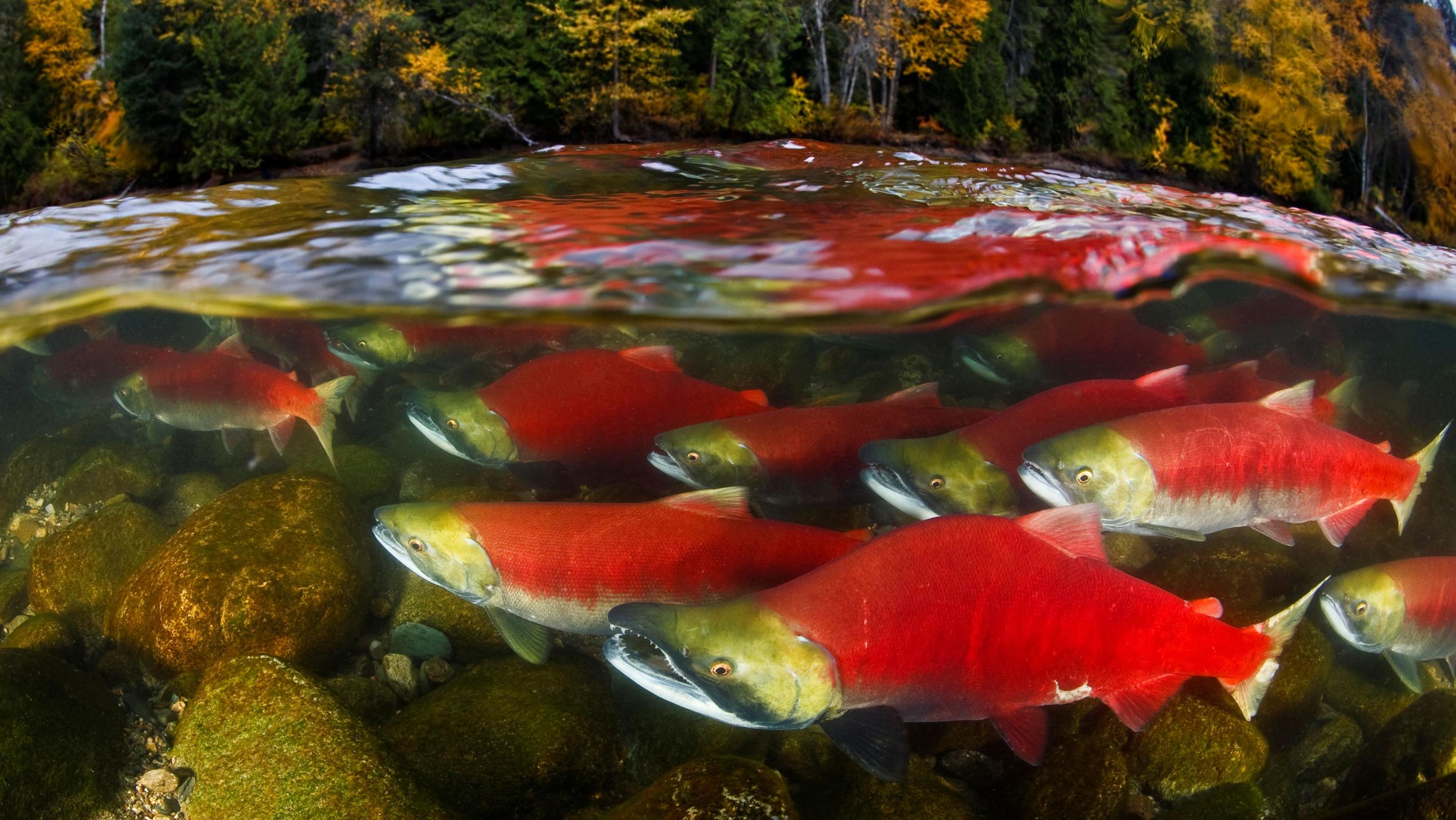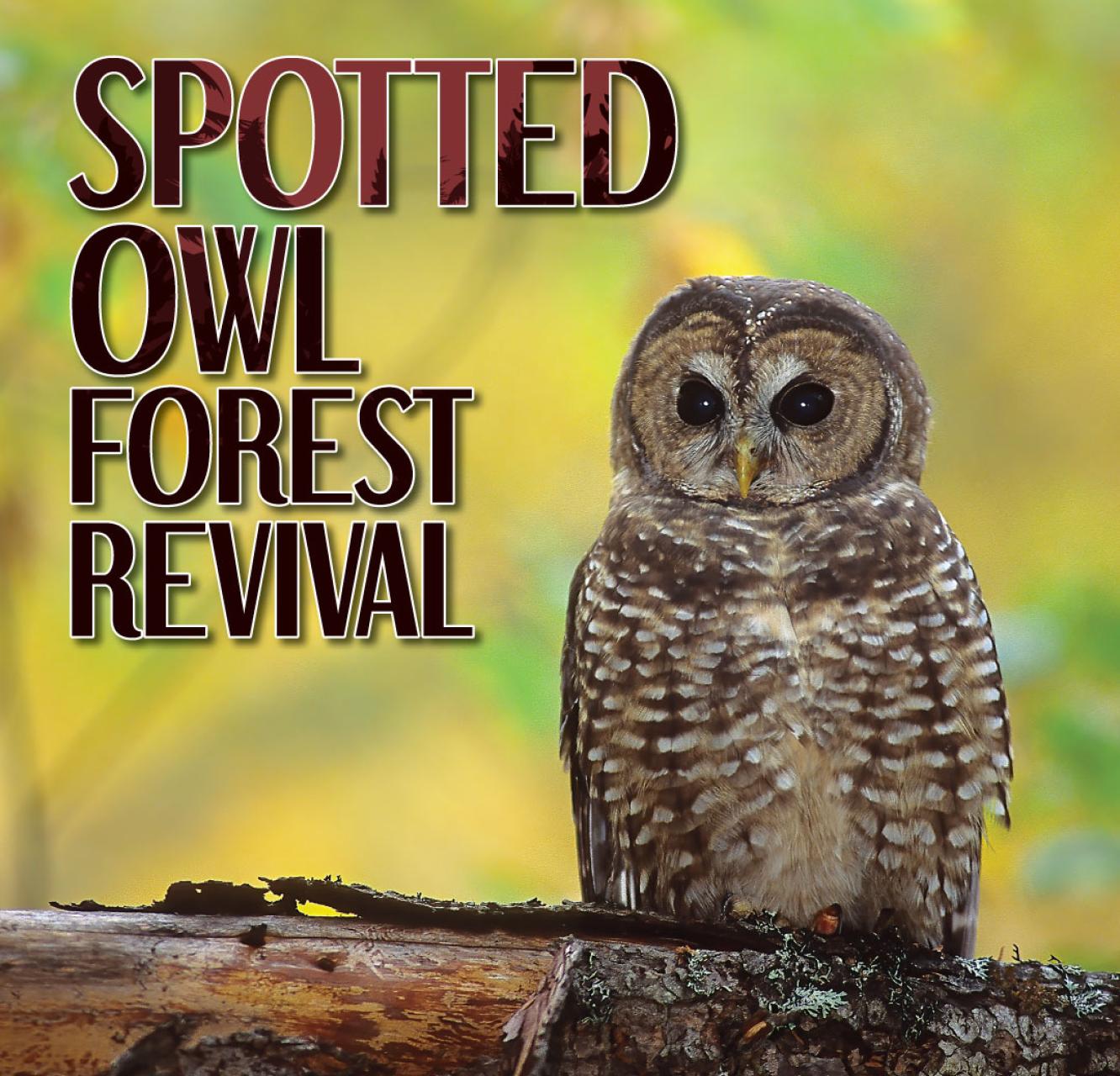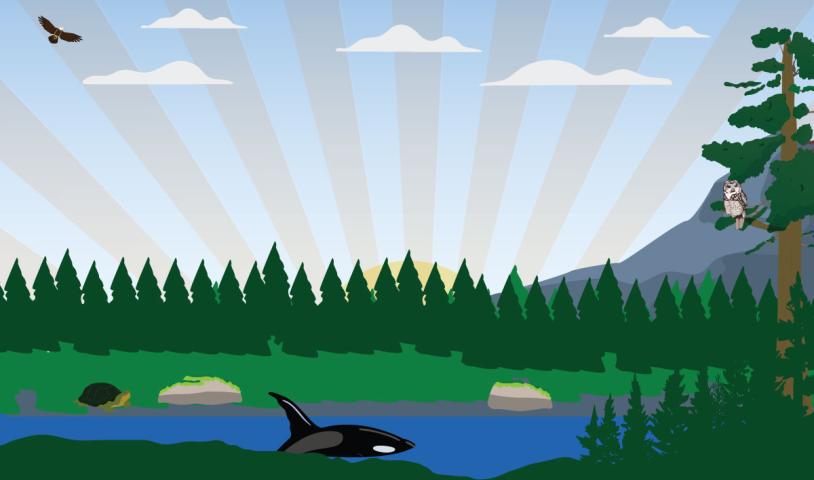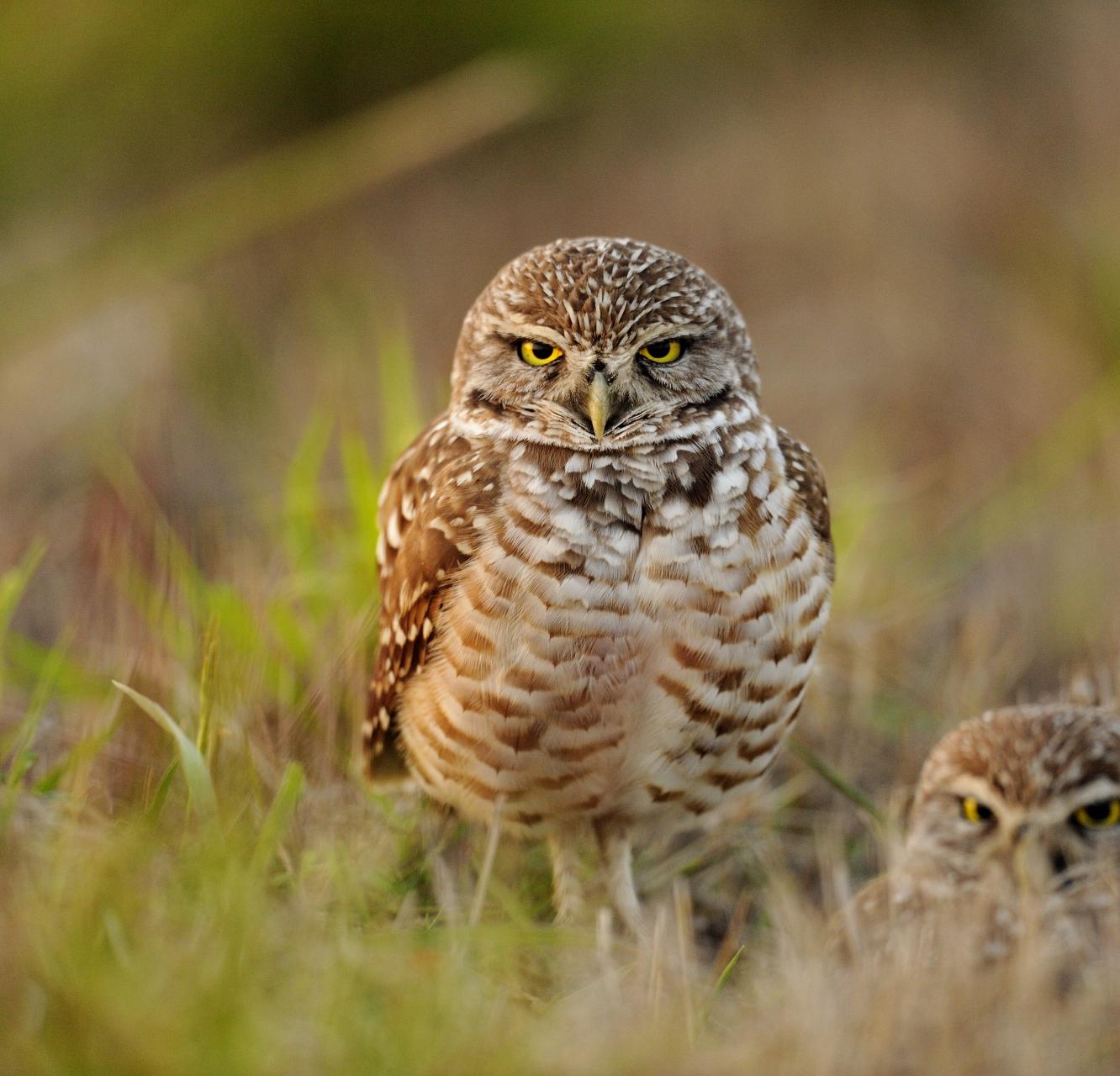BC Species at Risk
Turning the tide for biodiversity
Surrounded by mountains and rugged coastlines, the lands and waters of what is now known as British Columbia, along with the Indigenous Peoples who steward them, have sustained life here since time immemorial. From megafauna like killer whales and humpback whales to silent forest heroes like fungi, wildlife in B.C. is under constant threat. After decades of government-led ecosystem mismanagement and destruction caused by logging, mining and development, B.C. has become a hotspot for extinction.
Biodiversity is so much more than just the number of species in an ecosystem; It fuels our food systems, protects us from natural disasters and sustains the web of life that keeps us alive. When biodiversity is in crisis, so are we.
Proposed Bridal Veil Mountain Ski Resort threatens endangered spotted owl

Take Action
Prioritizing biodiversity in B.C. means a strong species law!

A crisis threatening life
Across vast ecosystems, B.C. holds more biodiversity than anywhere else in Canada. Yet, it’s also the province with the highest number of species on the brink of extinction. With more than 1900 species at risk, it’s shocking that B.C. is one of the last provinces and territories without a dedicated species at risk law. For decades, shifting political will and weak regulations have allowed extractive industries to run rampant, decimating centuries-old forests, wiping out entire caribou herds and pushing biodiversity to the edge of collapse.
Decades of advocacy have resulted in some progress. In 2023, the province introduced a draft Biodiversity and Ecosystem Health Framework. It’s a step in the right direction, but it’s not nearly enough. Until we see real legal protections on the ground, we’ll continue to need your help to defend these critical ecosystems.
Lack of laws, lack of protection
While many species in B.C. are listed under Canada’s Species at Risk Act (SARA), these protections only automatically apply to federal land and waters. Since B.C. is responsible for 94 per cent of the land in the province, species at risk here do not receive automatic protection. Without a dedicated provincial law focused on safeguarding ecosystems and at-risk species, the survival of nature in B.C. depends on shifting political will and fragmented regulations that have repeatedly failed to slow extinction or shield biodiversity hotspots from destruction.
A simple solution decades in the works
For decades, the Wilderness Committee has advocated strongly for an endangered species law in British Columbia. Currently, the province lacks a standalone legal framework to assess the effects of industrial projects on biodiversity, including at-risk species, despite the NDP government’s promise in 2017 to introduce one.
Since then, the government undertook an Old Growth Strategic Review and committed to a “paradigm shift” in the woods. It agreed to implement all of the recommendations, including legislation that prioritizes ecosystem health and biodiversity. However, four years later, species and ecosystems in B.C. are still waiting for legal protection. In 2023, there was some progress with the release of the Biodiversity and Ecosystem Health Framework, but the final version has yet to be released.
A future where protection is the norm
While the proposed Biodiversity and Ecosystem Health Framework is a step in the right direction, only an enforceable, loophole-free law that criminalizes harm to species and their habitat will rein in destructive projects and turn the tide on biodiversity loss in B.C. This law must also uphold the United Nations Declaration on the Rights of Indigenous Peoples. It must be co-developed with First Nations, respecting their right to free, prior and informed consent, as well as their inherent rights and title over their lands.
Without a strong species at risk law in B.C., unchecked destruction risks becoming the norm. Future generations deserve the opportunity to experience the beauty of these lands and waters every day, and it’s our shared responsibility to make that happen. At the Wilderness Committee, we’ll continue to advocate for a strong species at risk law that prioritizes ecosystem health over profits and destruction.
Story map of industry impacting species at risk and their habitat
View the Full-Size Story MapSpotted Owl Forest Revival
The spotted owl has been through a lot — its population in Canada has plunged from 500 pairs to the edge of extinction after a century of industrial logging. But now, we’ve got a rare shot to turn things around. The federal government released its finalized Spotted Owl Recovery Strategy, and it calls for the protection of 4,000 square kilometres of old-growth forest habitat. However, the B.C. government is still handing out logging permits in these critical habitats. Read on to learn how you can help.
Campaign Gallery

Check Out More Updates
Join Us
Don’t miss your chance to make a difference. Receive campaign updates and important actions you can take to protect wildlife, preserve wilderness and fight climate change.





